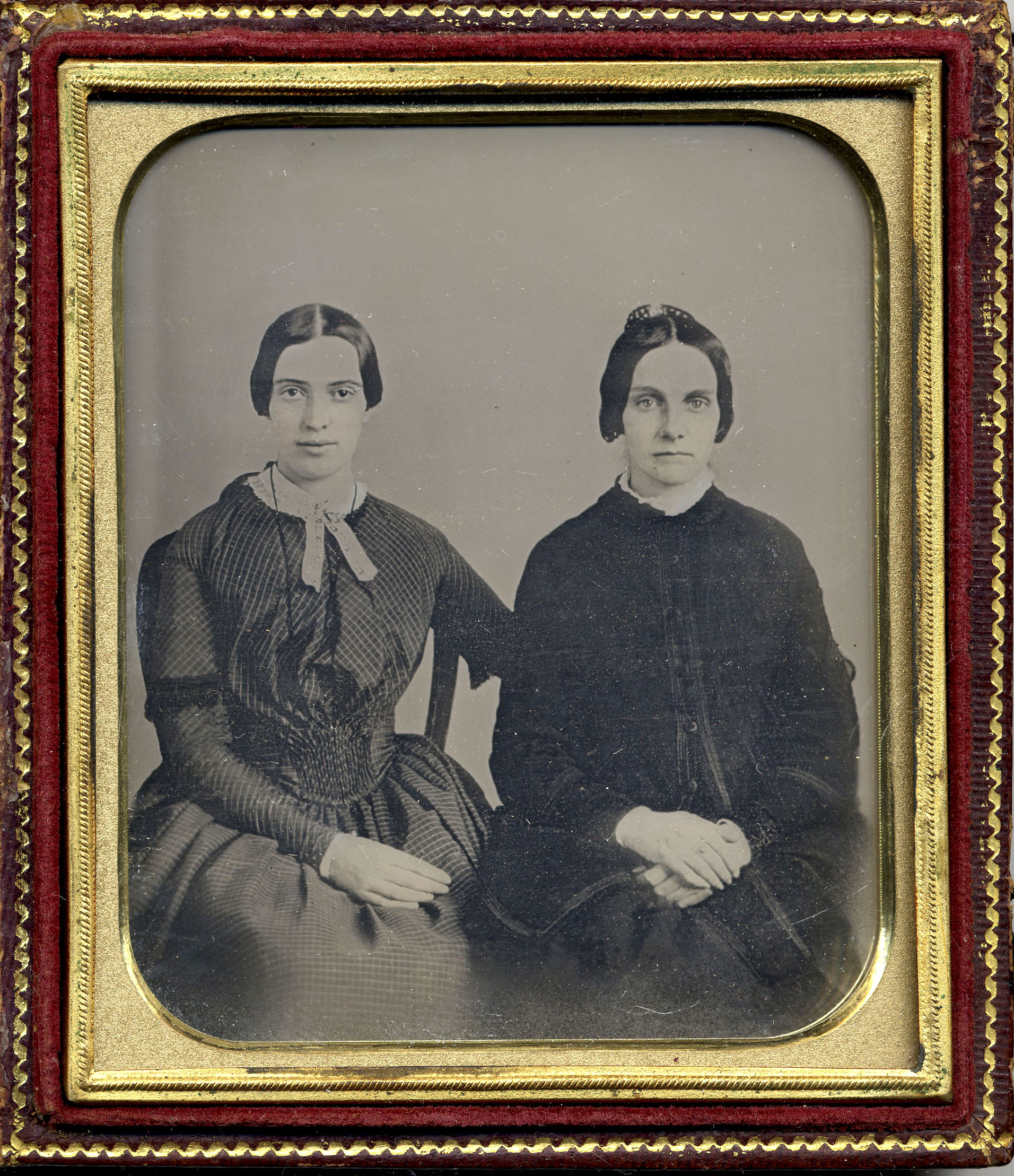 Like many of Dickinson’s poems, this gem discovered after her death is written using vividly clear images to render ambiguous messages. My
immediate interpretation was that it was perhaps about a person’s
journey through life. In many ways, living is like walking through a dark
forest, with futures lurking ahead unknown and surprises waiting and jumping
out as you “hit a
Tree / Directly in the Forehead.” As we go along, we get better at
dealing with it, “and Life steps almost straight.” Upon further reading, I came
to think that it could be about uncertainty in general. When we are most
confused during “Those
Evenings of the Brain— / When not a Moon disclose a sign—” and a trauma
stares us directly in the face, how do we react? We persevere, the poem seems
to say, and keep going, and eventually we will all “learn to see,” reaching
understandings and coming up with solutions to the problems at hand.
Like many of Dickinson’s poems, this gem discovered after her death is written using vividly clear images to render ambiguous messages. My
immediate interpretation was that it was perhaps about a person’s
journey through life. In many ways, living is like walking through a dark
forest, with futures lurking ahead unknown and surprises waiting and jumping
out as you “hit a
Tree / Directly in the Forehead.” As we go along, we get better at
dealing with it, “and Life steps almost straight.” Upon further reading, I came
to think that it could be about uncertainty in general. When we are most
confused during “Those
Evenings of the Brain— / When not a Moon disclose a sign—” and a trauma
stares us directly in the face, how do we react? We persevere, the poem seems
to say, and keep going, and eventually we will all “learn to see,” reaching
understandings and coming up with solutions to the problems at hand.You don't have to take my word for it. This once lost poem is now available to read free to everyone here.
A rare image of Dickinson with a friend was recently discovered, and it is only the second photograph of her known to exist. from the Amherst College Archives

Very cool that you found that picture of Dickinson. I also took the stance that the poem was written about uncertainty in life and the different ways of approaching it. For example, either fumbling through the darkness or waiting it out until the eyes adjust. The poem was pretty straightforward.
ReplyDeleteI felt the same way about the general theme of uncertainty in the poem. We go through life not knowing. The dark is such mysterious concept to people. Also, very neat picture of Emily.
ReplyDelete